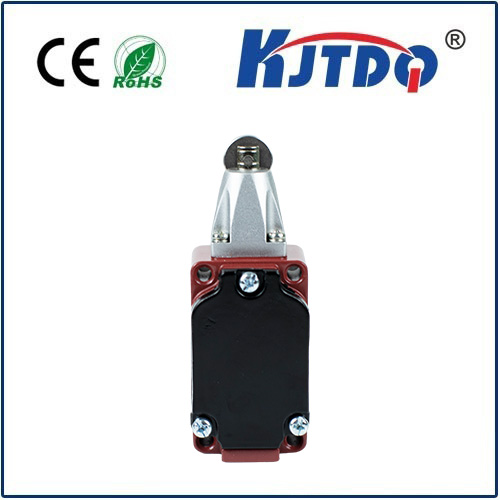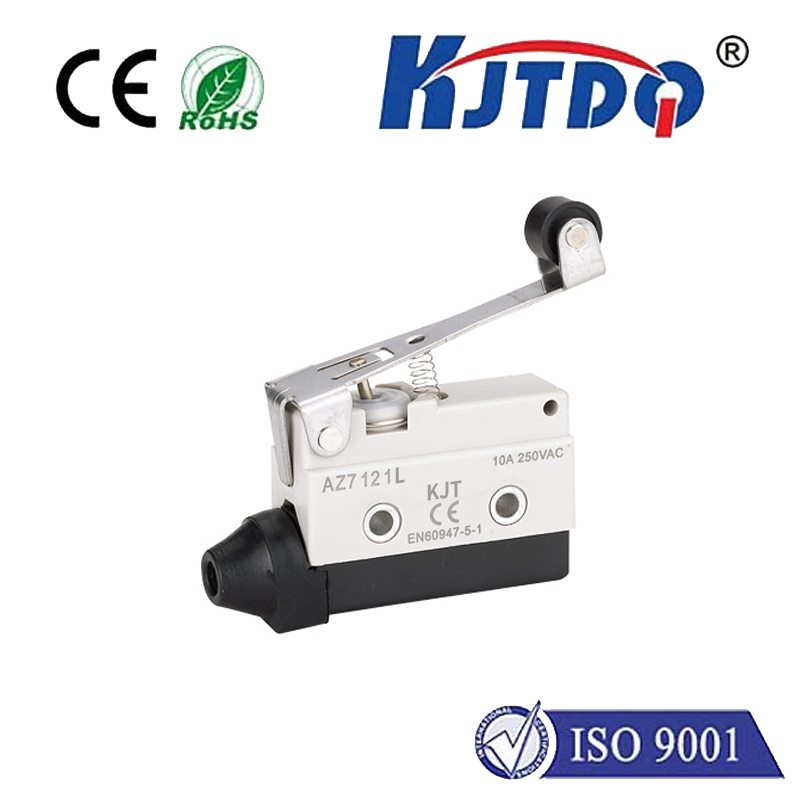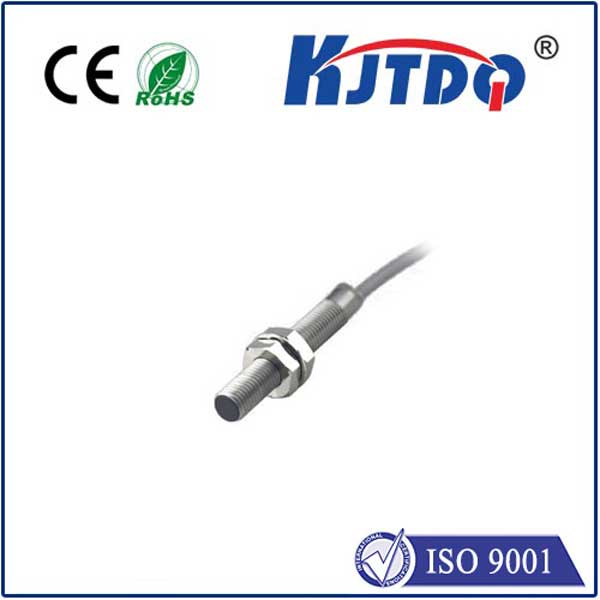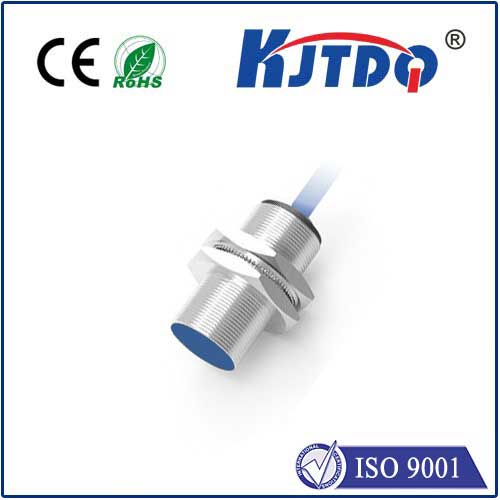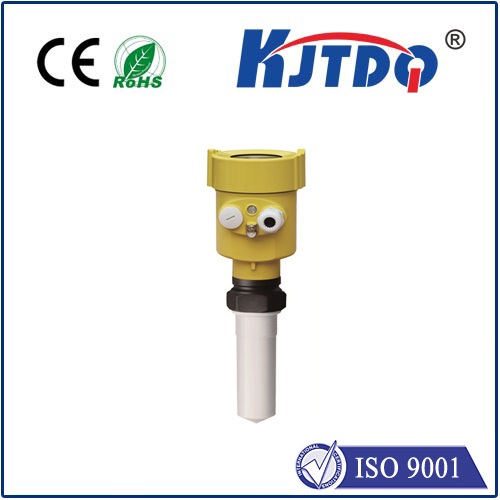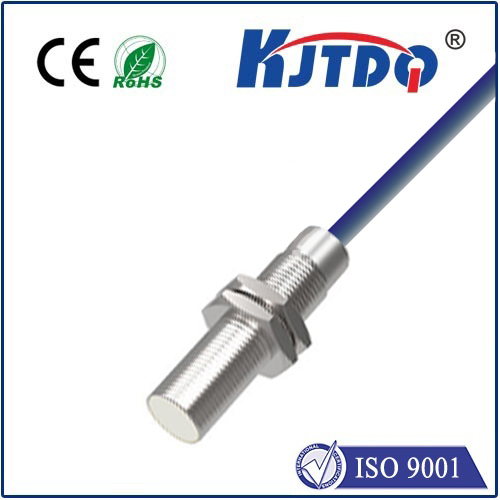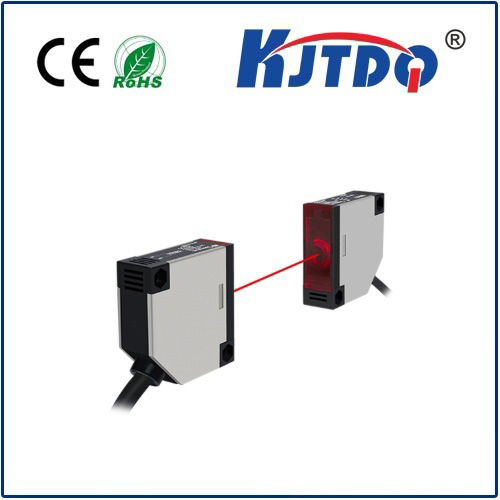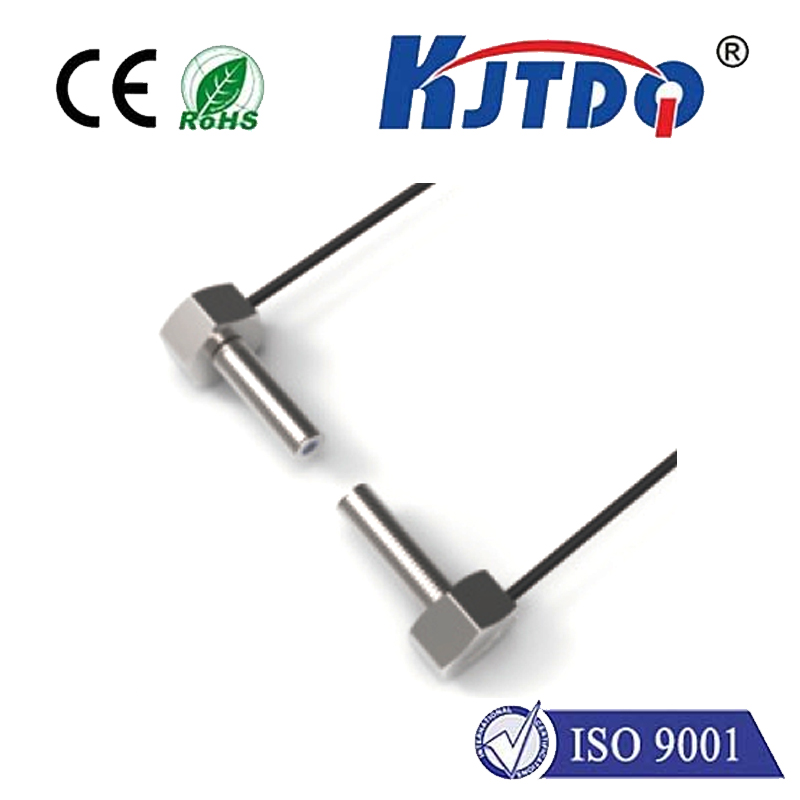

check

check

check

check
Imagine a high-speed production line where robotic arms move with lightning speed, or an elevator ascending smoothly to its designated floor. Now, picture the potential chaos if these movements exceeded their safe boundaries. Preventing such collisions and ensuring precise stopping points is a critical, often unseen, safeguard. Enter the micro switch limit switch – a compact powerhouse combining the reliability of a micro switch with the essential function of position detection. Understanding how these components act as limit switches is fundamental to appreciating their role in safe and efficient automation.
Essentially, a limit switch is a device designed to detect the presence or absence of an object or to monitor if a machine component has reached the end of its intended travel. It acts as a sentinel, signaling the control system to stop, start, or change a sequence when physical contact is made. While many technologies can serve this purpose, the micro switch is a remarkably common and effective choice due to its specific design characteristics.
So, what defines a micro switch? It’s a snap-action switch characterized by a very small movement (the “micro” part) of its actuator needed to trigger an extremely rapid changeover of its electrical contacts. Inside, a spring-loaded mechanism provides the snap-action, ensuring positive contact opening and closing with minimal arcing and long life. This crucial snap-action happens regardless of the speed at which the actuator is moved once it passes the critical operating point. This reliability is paramount for limit switching.
Why are micro switches so well-suited for limit switch applications?

The Core Function: Position Sensing
In a micro switch limit switch setup, the switch is strategically positioned at the desired endpoint of travel. A moving part of the machine (like a sliding gate, carriage, door, or rotating cam) physically contacts the actuator of the micro switch as it reaches the limit. This physical force moves the actuator through its pretravel distance until it reaches the operating point. At this precise moment, the snap-action mechanism instantly and decisively changes the state of the electrical contacts inside the switch.
This change in contact state is the signal. It’s wired back to the machine’s controller (like a PLC – Programmable Logic Controller) or relay system. The controller interprets this signal and immediately commands the motor, solenoid, or valve to stop or reverse direction. This halts the motion precisely at the programmed limit, preventing overtravel, collisions, or damage to the machine or product.
Common Applications of Micro Switch Limit Switches
You’ll find these indispensable components safeguarding and controlling motion across countless industries:
Key Considerations When Selecting
Choosing the right micro switch limit switch involves several factors:
The Unsung Hero of Motion Control
The micro switch limit switch, while small and often unnoticed, is fundamental to the reliability and safety of machinery. Its ability to provide a definitive electrical signal triggered by a precise physical position makes it an irreplaceable component. By leveraging the inherent reliability, durability, and compact nature of the micro switch, designers and engineers implement robust position sensing and travel limitation mechanisms that keep automated systems operating smoothly, efficiently, and, most importantly, safely. From protecting heavy industrial equipment to ensuring your washing machine lid is secure, its role is pervasive and critical.

